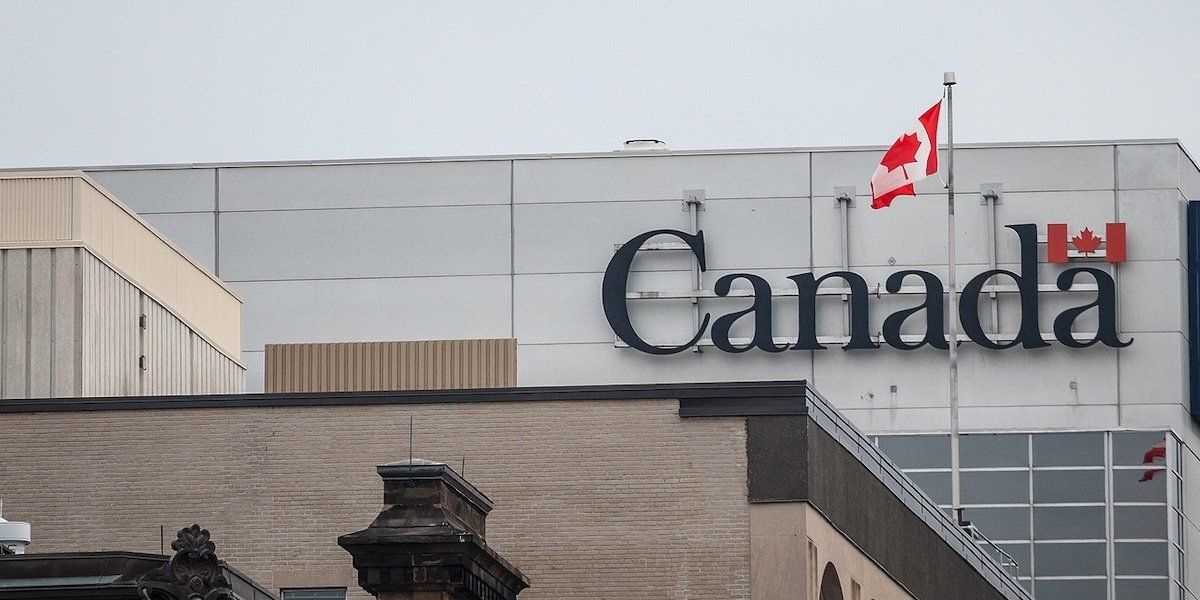New Stress Test Qualifications as of June 1st. 2021

As of June 1st. 2021, if you’re looking to qualify for mortgage financing (either uninsured or insured), you will have to qualify at the greater of the contract rate plus 2% or a new “floor rate” of 5.25%.
A little background.
In early April, the Office of the Superintendent of Financial Institutions (OSFI) proposed changes to the stress test for uninsured mortgages and invited feedback from the public closing in early May 2021. Last Thursday, OSFI announced they would be moving ahead with the proposed changes to uninsured mortgages.
Immediately following OSFI’s announcement, the Department of Finance made an announcement indicating that they would follow suit and apply the same changes to the stress test on insured mortgages as well.
“The recent and rapid rise in housing prices is squeezing middle-class Canadians across the entire country and raises concerns about the stability of the overall market,” Finance Minister Chrystia Freeland said in a statement. “The federal government will align with OSFI by establishing a new minimum qualifying rate for insured mortgages… It is vitally important that homeownership remains within reach for Canadians.”
What you need to know.
It is estimated that these changes to the stress test will impact 1 in 5 mortgage applications and will reduce buying power by roughly 4% to 4.5%.
The government will review the stress test qualifying rate annually (every December) and communicate any changes well before the spring market.
After June 1st. 2021, you will have to qualify at the great of the contract rate or the floor rate of 5.25%.
If you have an active mortgage or pre-approval in place (before June 1st, 2021), please don’t hesitate to get in touch to see if these recent government changes impact you.
Rebecca Harrap & Wendy WhitingEXPERT FINANCING
CONTACT US



